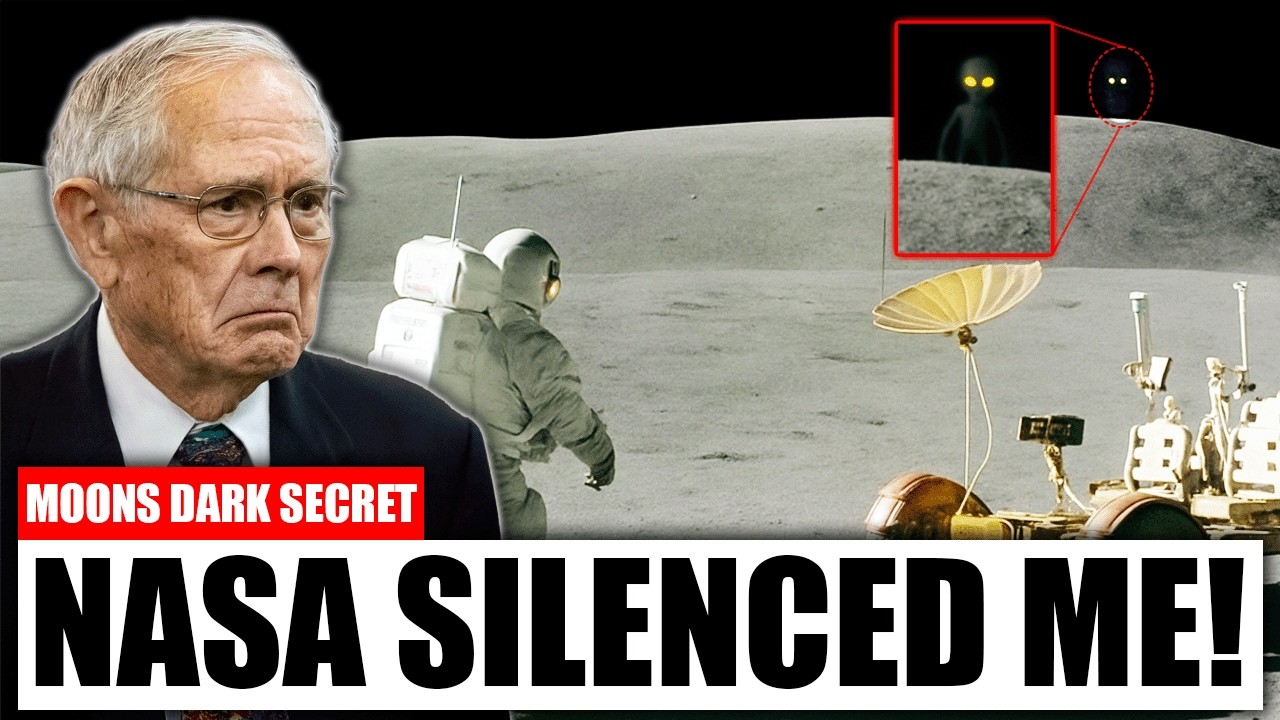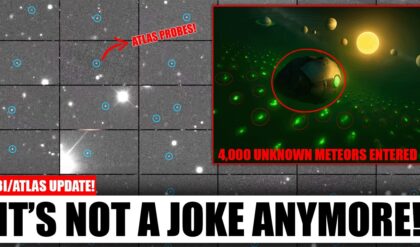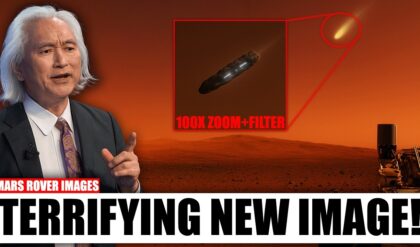🌑 Apollo 16 legend Charles Duke drops a bombshell: NASA tried burying the eerie shadow he spotted on the Moon’s surface—but now it’s exploding into the open! 😲 Was it a glitch in the light, an ancient secret, or something straight out of a sci-fi nightmare lurking in the lunar shadows? 🚀 The truth he’s unveiling could rewrite history… Click to dive into the hidden details and decide for yourself! 🔗

Charles Duke, the youngest man to walk on the Moon during NASA’s Apollo 16 mission in 1972, has long been a symbol of American space triumph. But recent viral claims circulating online suggest the retired astronaut is now accusing NASA of suppressing details about a mysterious “shadow” he allegedly witnessed on the lunar surface. The assertion, amplified by YouTube videos and social media, paints a picture of hidden anomalies during the Descartes Highlands exploration, fueling conspiracy theories about what the agency might have concealed from the public.
Duke, now 90, became the 10th human to set foot on the Moon at age 36, serving as lunar module pilot alongside commander John Young and command module pilot Ken Mattingly. Launched on April 16, 1972, from Kennedy Space Center, Apollo 16 faced technical hurdles, including a glitch with the service module’s main engine that delayed landing by six hours. Despite the risks, Young and Duke touched down in the lunar highlands on April 21, conducting three moonwalks totaling over 20 hours. They deployed scientific instruments, collected samples like the massive “Big Muley” rock, and even left behind a family portrait— a plastic-encased photo of Duke with his wife and sons, inscribed with a message from Earth.
Official NASA records and Duke’s own accounts emphasize the mission’s scientific successes, including ultraviolet imaging of Earth and seismic experiments that revealed the Moon’s geological history. Photographs from the mission, such as those of “Shadow Rock”—a formation explored during the third extravehicular activity—show dramatic lunar landscapes with long shadows cast by the low-angle sunlight, typical of the airless environment where shadows appear stark and unfiltered by atmosphere. Duke has spoken fondly of the experience in interviews, describing the awe of Earthrise and the physical challenges, like falls in the low gravity that tested their suits’ durability.
However, sensational videos titled things like “Before His Last Breath, Astronaut Charles Duke Revealed What NASA HID on the Moon” have gained traction, claiming Duke saw an inexplicable shadow during EVA-3 at Station 13 near Shadow Rock. These narratives allege the anomaly—described vaguely as an unnatural form or movement in the shadows—prompted NASA to edit footage and reports to avoid public panic. Proponents tie it to broader Moon landing conspiracies, suggesting it could indicate artificial structures, extraterrestrial presence, or even staging errors like inconsistent lighting that debunkers have long explained through physics: parallel shadows diverge due to uneven terrain and wide-angle lenses, not multiple light sources.
Duke himself has addressed conspiracy theorists head-on in recent years, dismissing Moon landing hoaxes with firsthand testimony. In a 2024 interview, he confronted deniers, explaining orbital mechanics and fuel dynamics that skeptics misunderstand, emphasizing the mission’s authenticity backed by thousands of engineers and physical evidence like lunar samples verified worldwide. No verified statements from Duke corroborate the shadow cover-up; instead, his public life post-NASA has focused on faith, business, and inspiration. After retiring in 1976 as a brigadier general in the Air Force Reserves, Duke became a Christian minister, founding Duke Ministry, and has shared how his lunar experience deepened his spiritual beliefs, even adopting young-Earth creationism despite handling ancient Moon rocks.
The claims appear rooted in misinterpretations of mission imagery and Duke’s pre-launch fever dream recounted in space history blogs. In the dream, Duke envisioned finding an ancient, crashed lunar rover with dead explorers—possibly inspired by sci-fi like “2001: A Space Odyssey”—but this was a hallucination during illness, not a real event. Fact-checkers and NASA historians point out that all Apollo photos, including those with shadows, have been scrutinized for decades, with anomalies explained by vacuum conditions: no stars visible in photos due to camera exposures set for bright lunar surfaces, and shadows behaving as predicted without atmospheric scattering.
Critics of the conspiracy videos argue they exploit Duke’s legacy for clicks, often using AI-generated or edited content. YouTube channels pushing these stories lack credible sourcing, and Duke’s official biography and interviews make no mention of suppressed shadows. NASA’s Planetary Defense Coordination Office and Artemis program continue to reference Apollo data transparently, with recent orbital imagery from India’s Chandrayaan-2 confirming landing sites intact.
Duke’s story also highlights personal artifacts left behind, like the family photo, which radiation has likely bleached white but symbolizes human connection to the cosmos. Other remnants include flags, waste bags, and rovers, totaling hundreds of items from the Apollo era. As NASA prepares for Artemis missions, these claims resurface amid renewed interest in lunar returns, but experts urge reliance on verified science over viral speculation.
The shadow narrative, while captivating, lacks substantiation and distracts from Apollo’s real legacy: advancing knowledge of the solar system. Duke’s actual revelations focus on faith and perseverance, not cover-ups. With no evidence of NASA hiding lunar secrets—beyond routine classification of some tech details—the story serves more as a cautionary tale on misinformation in the digital age.
In interviews, Duke reflects on the mission’s risks, like the backpack damage from falls, and the thrill of discovery, underscoring teamwork over individual heroics. Conspiracy persistence, as Duke notes, stems from ignorance of complex engineering, but he counters with facts: the Saturn V’s power, verifiable by witnesses and artifacts.
As Artemis aims to land humans again, perhaps Duke’s unfiltered voice can guide public discourse away from shadows of doubt toward the light of evidence. The Moon’s mysteries remain scientific, not sinister.





